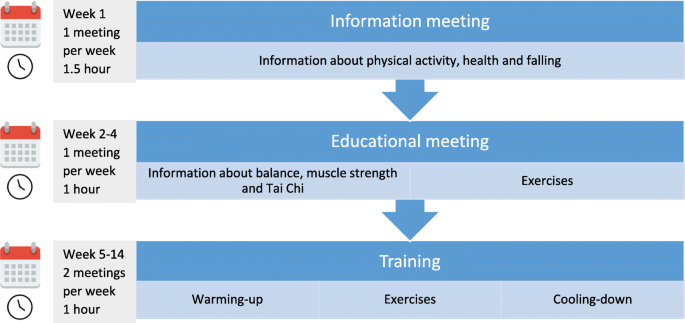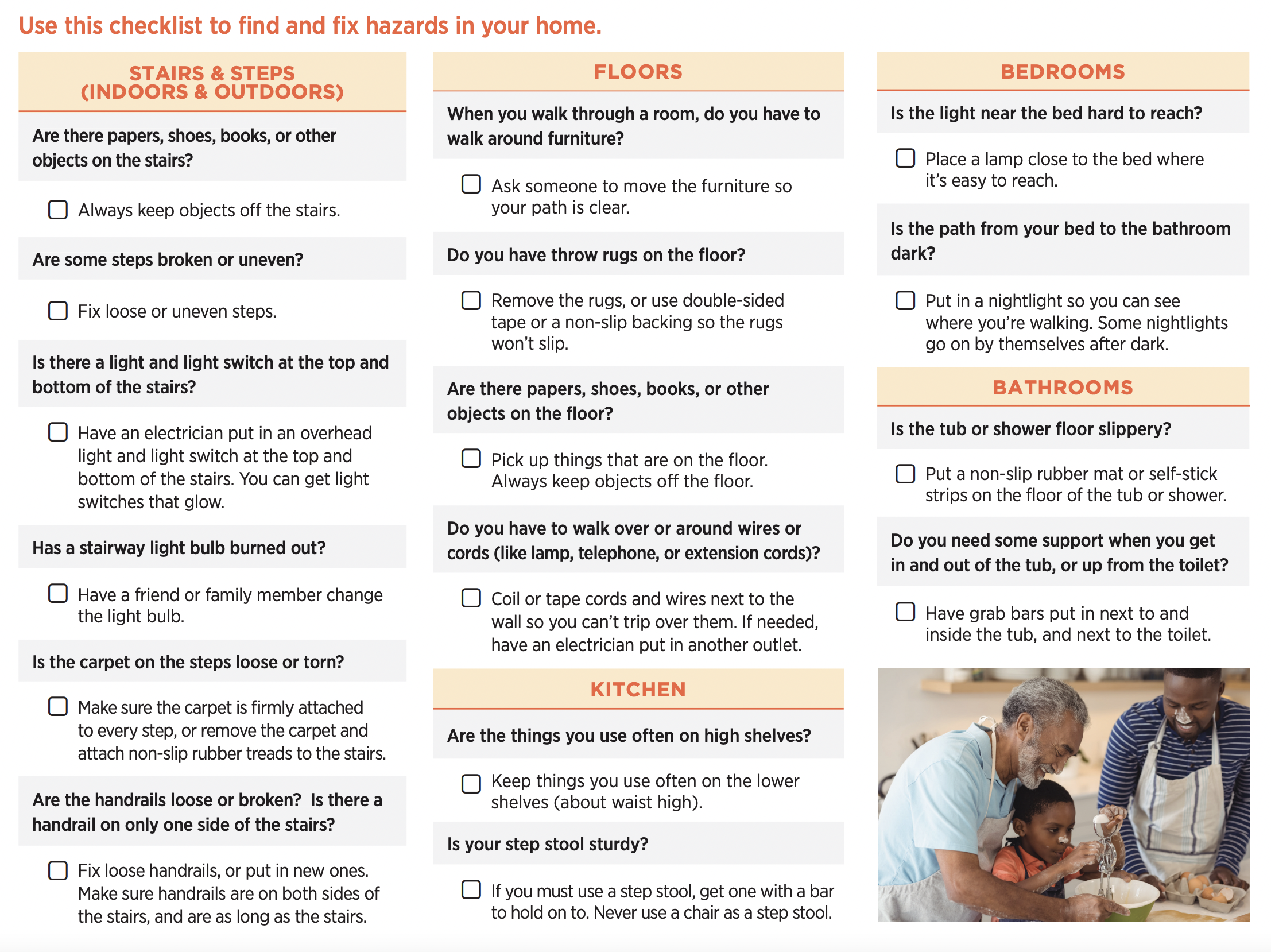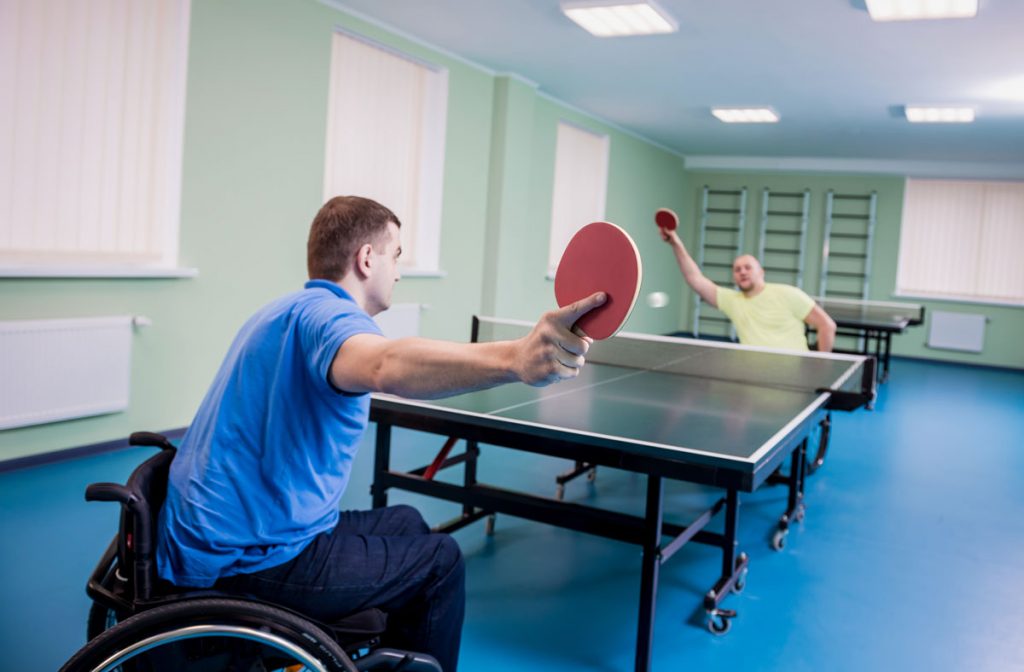The Best Guide To Dementia Fall Risk
Table of ContentsSome Known Details About Dementia Fall Risk 4 Easy Facts About Dementia Fall Risk ExplainedThe Best Strategy To Use For Dementia Fall RiskDementia Fall Risk Can Be Fun For Anyone
A loss danger assessment checks to see how likely it is that you will certainly fall. The assessment usually includes: This includes a series of questions concerning your total wellness and if you've had previous falls or problems with equilibrium, standing, and/or walking.STEADI consists of screening, examining, and treatment. Interventions are recommendations that may lower your risk of dropping. STEADI consists of 3 steps: you for your risk of succumbing to your threat elements that can be enhanced to try to avoid falls (for instance, equilibrium issues, damaged vision) to minimize your danger of falling by making use of efficient approaches (for instance, giving education and learning and sources), you may be asked a number of inquiries consisting of: Have you dropped in the past year? Do you really feel unstable when standing or strolling? Are you stressed over dropping?, your service provider will certainly check your stamina, balance, and stride, making use of the following loss assessment tools: This test checks your gait.
Then you'll rest down once again. Your supplier will inspect for how long it takes you to do this. If it takes you 12 seconds or even more, it may mean you go to higher threat for a loss. This test checks stamina and balance. You'll being in a chair with your arms crossed over your upper body.
The settings will obtain more difficult as you go. Stand with your feet side-by-side. Relocate one foot halfway onward, so the instep is touching the huge toe of your other foot. Relocate one foot totally before the various other, so the toes are touching the heel of your various other foot.
Dementia Fall Risk - The Facts
Many falls occur as an outcome of several adding factors; therefore, handling the risk of falling starts with recognizing the aspects that add to drop threat - Dementia Fall Risk. Some of the most appropriate risk factors include: Background of previous fallsChronic medical conditionsAcute illnessImpaired stride and equilibrium, lower extremity weaknessCognitive impairmentChanges in visionCertain risky medications and polypharmacyEnvironmental elements can likewise boost the risk for falls, consisting of: Poor lightingUneven or damaged flooringWet or slippery floorsMissing or damaged hand rails and get hold of barsDamaged or poorly equipped devices, such as beds, wheelchairs, or walkersImproper use assistive devicesInadequate guidance of the people staying in the NF, consisting of those that exhibit hostile behaviorsA successful loss risk management program calls for a complete clinical assessment, with input from all participants of the interdisciplinary team

The treatment plan need to also consist of interventions that are system-based, such as those that advertise a safe environment (appropriate illumination, handrails, grab bars, etc). The effectiveness of the treatments need to be examined regularly, and the care plan revised as necessary to show adjustments in the loss danger evaluation. Carrying out a fall threat management system using evidence-based best method can decrease the frequency of falls in the NF, while limiting the capacity for fall-related injuries.
Getting The Dementia Fall Risk To Work
The AGS/BGS standard suggests screening all grownups matured 65 years and older for autumn risk every year. This testing contains asking patients whether they have actually fallen 2 or more times in the past year or looked for medical attention for an autumn, or, if they have actually not fallen, whether they feel unsteady when strolling.
People that have actually fallen as soon as without injury needs to have their equilibrium and gait assessed; those with gait or balance abnormalities need to receive extra analysis. A history of more 1 loss without injury and without gait or equilibrium problems does not warrant additional evaluation past continued annual loss risk testing. Dementia Fall Risk. An autumn risk evaluation is called for as component of the Welcome to Medicare examination

The Ultimate Guide To Dementia Fall Risk
Recording a drops history is one of the top quality indicators for autumn prevention and administration. A crucial component of threat assessment is a medicine testimonial. Numerous classes of medications enhance loss threat (Table 2). Psychoactive medications in certain are independent predictors of falls. These medicines often tend to be sedating, modify the sensorium, and harm equilibrium and stride.
Postural hypotension can frequently be minimized by lowering the dosage of blood pressurelowering medications and/or stopping drugs that have orthostatic hypotension as an adverse effects. Use above-the-knee support pipe and copulating the head of the bed boosted might also decrease postural reductions in high blood pressure. The suggested components of a fall-focused physical assessment are revealed in Box 1.

A TUG time more than or equal to 12 secs recommends high loss threat. The 30-Second Chair Stand examination examines reduced extremity stamina and balance. Being incapable to stand up from a chair of knee elevation without using one's arms shows enhanced fall threat. The 4-Stage Equilibrium examination analyzes fixed balance by having the patient stand in 4 settings, each considerably much more tough.